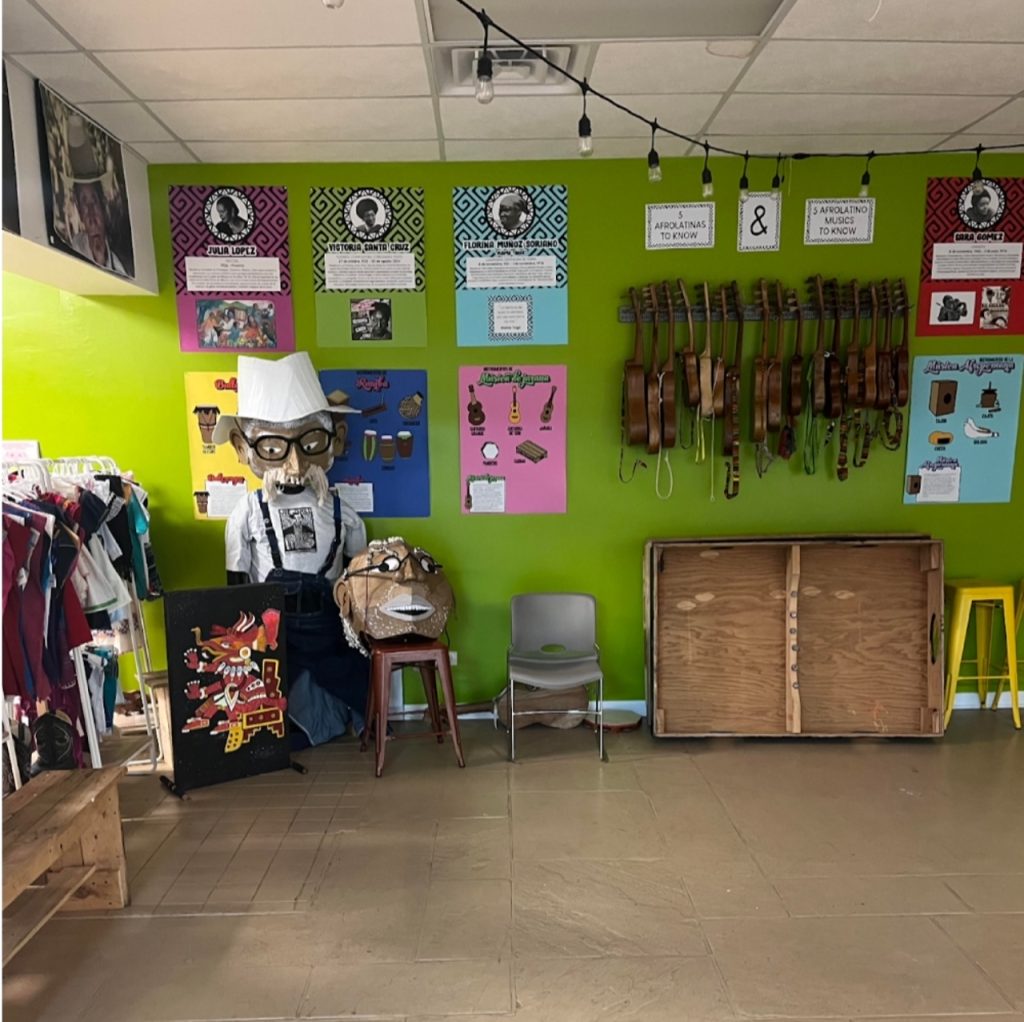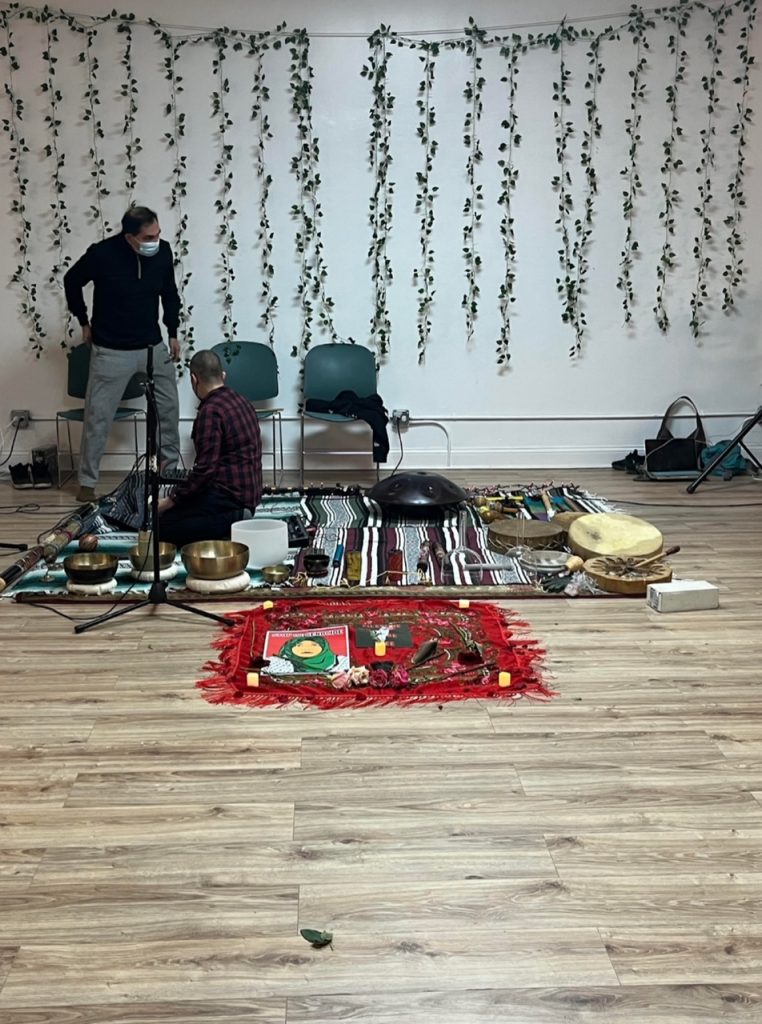The United States has generated advancements in medicine that have changed the world, it helped lead the charge throughout the twentieth century in increasing life expectancy at home and abroad. The twentieth century saw the development and implementation of life saving drugs like penicillin, antibiotics, and enhancements in vaccine technology that helped to curb and often eliminate diseases that had plagued humanity for millenia. In comparison to one hundred years ago, when the average life expectancy at birth was roughly 25 years earlier than it is today, longevity of life is an expectation and not simply a result of fortunate circumstances in America.
We can and should look back to these developments with gratitude and simultaneously accept our obligation to look at the health systems, as they are today, with a lens of objective scrutiny. Scrutiny towards a model that seems to have forgotten its purpose in promoting access to treatments for the masses, and one that has become enthralled by the potential for monetary return on the health of people. We can appreciate the great scientific and technological advancements of our time and the time before us, and also demand an answer as to why the United States, for all of its scientific prowess, has a chronic illness rate that trumps any other nation in the Organization for Economic Co-operation and Development, (OECD). And we can ask why people at the lowest levels of economic status have been left behind and pushed down by our healthcare system.
The OECD is an allotment of 38 high-income countries that is used to evaluate the health of citizens in developed countries. According to the Commonwealth Fund, the U.S. spends more on health care as a share of the economy, nearly twice as much as the average OECD country, yet has the lowest life expectancy and highest suicide rates among the top 11 nations. Furthermore, the U.S. has the highest chronic disease burden and an obesity rate that is two times higher than the OECD average.
The CDC reports that six in every ten U.S. adults have at least one chronic condition, and four in every ten have two or more.
In Complicating The Narrative On Health Care For Undocumented Immigrants, Illinois Latino News found a willingness amongst politicians and health advocacy groups, who disagreed on healthcare access policies, to invest more in preventing the onset of these chronic conditions. In our search to define a prevention strategy, we find the landscape to be complicated and we find the reality that prevention does not come down to the implementation of one policy or one bill. Instead, there exists a systematic limitation to properly adopt prevention strategies, and a system willing to acknowledge that limitation. However, we also uncovered strategies outside of the norm that provide insight into how we can begin a prevention-based shift in our approach to the chronic illness crisis.
Financial Incentives Align with Treatment not Prevention in Our Healthcare Systems
Dr. Mike Pignone is the Vice Chair for Quality and a professor at Duke University’s Department of Medicine. His primary field of research is tertiary prevention care which focuses on patients with established health conditions, particularly chronic conditions, with the goals of preventing additional morbidity, improving quality of life, and reducing disability. His work seeks to find avenues towards reducing the annual $1.5 trillion cost of chronic illness treatment using preventative practices. He has written about the topic in the National Institute of Health’s (NIH) National Library of Medicine.
“We definitely have built a system that better compensates treatment than it does delivering preventive services, now part of that is because our payment system really likes to pay for procedures,” said Dr. Pignone. “If you use a big machine, we tend to compensate you well. If we involve you talking to me or me talking to you about reducing our risky drinking [for example], the system gets nervous like, what are they doing in there? We can’t be paying a huge amount of money for these two guys to talk about risky drinking. So it doesn’t tend to compensate as well.”
In speaking to his own experience as a practitioner, Dr. Pignone points out that there are also financial incentives at the level of an individual practice to treat people with a particular type of insurance. He says a just system would be one where the practice is paid the same amount for each patient seeking the same treatment, but that there are also more important incentives to focus on.
“We definitely have built a system that better compensates treatment than it does delivering preventive services.”Dr. Mike Pignone, Duke University’s Department of Medicine
“Now, I would also say that I don’t make the case of why we should do prevention based on the economic benefits. To me, that’s a secondary benefit,” said Dr. Pignone. “To me, I’m in the business of trying to help people lead healthier lives, and it just makes good sense. Now, I also would like to make a salary and don’t want to do the work for free. But it’s not an economic first case of why, it’s a humanistic case for why we want to do this (focus on prevention).”
A study conducted in 2018 by the Center for Disease Control (CDC) begged the question: why is the use of preventative services still low in connection to chronic illness? The findings of the study revealed a congruence with the concerns brought up by Dr. Pignone.
The study reported, “underutilization of preventive services is largely the result of an implementation gap rather than an information gap; in other words, providers do not prioritize preventive care services although they know that preventive services can reduce the incidence and burden of chronic diseases. A major reason the implementation gap exists is that financial incentives do not align with a focus on preventing chronic diseases. Currently, most providers, including hospitals and physicians, are paid to treat rather than to prevent disease.”
Furthermore, the study admitted that even with greater financial incentive for prevention, the problem is unlikely to be resolved. Participants in the study, who are identified as experts with a background in working with health care decision makers, advocated for a new system wide multi-pronged approach.
The Proposed Multi-Pronged Approach to Prevention: Public Health 3.0
Seeking to address the need for institutional change through a multi-pronged approach, The U.S. Department of Health and Human Services (HHS) has adopted a strategy called Public Health 3.0. The primary initiative is to address the full range of factors that contribute to the health and wellbeing of individuals and communities. This includes taking into consideration environmental factors of where people are born, live, and work such as education, housing, transportation, economic development, and access to healthy foods. Furthermore, they seek to consider input at a community level by working with community-based organizations and local governments.
In order to implement this strategy, Public Health 3.0 will look to develop strategic partnerships across business, technological, and governmental sectors in order to develop and leverage resources and data so health departments can take action in addressing community health needs in real time. By doing this, they believe they can close gaps in health due to race, ethnicity, gender identity, sexual orientation, zip code or income, and ensure that every American has an equal opportunity to live a long and healthy life.
Public Health 3.0 seeks to generate a systematic shift in health by using a holistic approach that understands that one’s health is influenced by the societal functions around them, and how each person responds to those functions. This approach can be characterized as a strategy of prevention because it seeks to proactively address the causes of chronic conditions before they actualize into conditions that need to be treated.
Can we trust these institutions to self-correct?
This is a key initial step in preventing the development of chronic illnesses. However, the approach is largely top down and assumes that the way these changes can be made is by enhancing the power of institutions that are already responsible for many of our current societal health functions because it aims to partner with sectors who have a financial obligation to shareholders, and a history of exploitation in their approach to healthcare. It raises some questions: is the existence of our chronic health crisis the result of our institutions focusing on the wrong things (as assumed by Public Health 3.0), or is this crisis the result of the culture generated as a result of these institutions being the primary motivators in health care? Have the business, technological, and governmental sectors responsible for our health earned the right to receive more power and ability in leveraging our data in order to address our health needs? In other words, can we trust these institutions to self-correct? Furthermore, are there other strategies and institutions of knowledge we can look to in order to pursue a cultural shift towards a holistic approach to health and prevention?
Community Empowerment in Addressing Health Determinants

collective begins a sound bath, a sound therapy healing modality.
Jessi Belmares, Kat Belmares, and Cristina Puzio are independent community health workers who use alternative and indigenous healing practices in Chicago’s Pilsen community. They offer a competing holistic approach to address the reality of widespread chronic conditions formed around the idea that people live healthier lives when they are empowered in their cultural health practices.
In the midst of the pandemic the collective began to take shape as Jessi, Kat, and Cristina set out to form a coalition in order to meet the unaddressed health needs of their local community. In doing so, they formed the Papalotzin Healing Collective.
The goal of this organization is to help people realize that healthcare is not always a reactionary process to illnesses that arise, as is the primary focus of our current healthcare model. Instead, healthcare is a multi-faceted idea that can be addressed in day-to-day life, and preventing the onset of chronic conditions involves a constant tuning of one’s body, and this tuning process should include a connection to one’s community and the cultural practices surrounding health that can empower that community in their wellbeing.
Ultimately, Cristina Puzio says that including different cultural practices is an important part of relearning lost health knowledge after generations of colonization.
After teaming up with several other residents of Pilsen, they began to host outdoor healing events using sound therapy, mindfulness, and reiki as a way to introduce a combination of Mexican indigenous healing practices, and alternative practices from around the world. Since then, the collective has continued to grow and become a tight-knit community in Pilsen.
“I think that’s something that all of our indigenous ancestors around the world understood, is this aspect of community,” said Kat Belmares. “So I think, while one has to work on themselves, they also have to work with each other, and work together, bridging those two things, the individual, what I need to heal, and then also myself in relation to the world.”
Since its beginning, the group has grown to over 70 members.
The specific health practices of the Papalotzin Healing Collective come from a variety of different cultural backgrounds. Some that originate from their Mexican heritage and others that come from China and Japan such as Reiki and Gong therapy. Ultimately, Cristina Puzio says that including different cultural practices is an important part of relearning lost health knowledge after generations of colonization.
“So for me bringing empowerment to a community is by educating and providing information in regards to self improvement, and holistic wellness. And not just providing information, but also providing tools, resources, and services that can help people, not just gain that knowledge, but also [by providing] that lived embodiment of an experience,” said Jesse Belmares. “So providing these meditation and sound healings weekly during the summer, providing these services, providing these containers where people feel safe enough to let go and really focus on their own inner healing and their own inner work and being available and being consistent, being there every week, and having the people know that they can rely on us to show up so that they can continue practicing showing up for themselves.”

sharing musical talent.

kinds and is dedicated to informing and representing the community on Latino culture and history.

the meditative session on yoga mats.

to serve the community with a sound bath.
Photos by Calvin Krippner
Providing a space for people to come together as a community and focus on mindful and spiritual wellbeing offers the community a place to be empowered in their health journey. This approach is the opposite of a top down approach where health departments dictate a reactionary solution based on the data of prominent chronic illnesses in a particular community.
“We can take our own healing in our own hands, so that’s another way I think of empowering people,” said Kat Belmares. “There’s different food options available, you know? We don’t have to be so afraid, there are other [ways] and other methods. I think we live in a society that’s very afraid right now, and I think there’s tools out there that can help us with our mental, physical, and spiritual health [that are outside of the norm].”
Jackie Torres was raised in Chicago’s Pilsen community. She found the Papalotzin Healing Collective while searching for healing modalities that could foster a personal connection. Jackie began following Cristina’s Facebook page, and soon after began attending Cristina’s meditation sessions. She said that doing these sessions with other Mexicanos generated a very powerful and healing experience she had been searching for. Her experience was one of deep healing, and notes that it was a very engaging process.
“You know, it took a lot out of me and I did a lot of deep healing in it, and I remembered who I was, and how I had forgotten how I was connected to everything,” said Jackie. “And then I was like, oh my god, this is so good for me, like I was so happy… to find this Mexican lady doing these practices!”
Avenues for Implementation in Public Health 3.0
Public Health 3.0 intends to consider the cultural practices of different communities as part of addressing the social determinants of health.
Marcia Morales works to implement the strategies of Public Health 3.0 at the National Network of Public Health Institutes, but also emphasized that she does not speak for the program or her institute; instead she commented independently. She has worked to implement the Public Health 3.0 strategy alongside Community Health Workers (CHWs) in order to bridge the divide between the health departments and the cultural health practices of different communities.
Morales says that when it comes to including cultural practices in public health, there are oftentimes barriers in funding for organizations with smaller operating budgets that prevent adequate research being done on them. Instead, a lot of community outreach in relation to Public Health 3.0 and the social determinants of health come from conversations with community leaders.
“Let’s say a local health department wants to build a relationship with the Latino community in their county,” said Morales. “So a lot of that can really be listening, participating in community events, having one on one conversations with folks. Really getting to know them as people, learning from them, and recognizing that they are the experts in their own community.”
Morales says that much of this work can be done, and has been done for a while now, by Community Health Workers. She reflected on her time in Wisconsin working with doulas, who provide support during childbirth, and the ways in which they connected their clients with resources and education tied to their cultural practices.
“A lot of the time, they also bring indigenous knowledge,” says Morales. “[For example], I was working with a group of doulas in Wisconsin, who really lifted up their cultural practices, and sometimes gave a little bit of pushback when it came to meeting with physicians and where they were coming from, because I think medicine is so used to things being done in a certain way, so how do you really go about respecting people’s cultures and what they’re comfortable with?”
Morales says she worked to provide education to the physicians as to why these cultural practices are important.
“I think that there’s definitely a lot of opportunity to continue making that impact,” said Morales.
Editor’s Notes: This story is part of a series exploring health equity in the Latino community by applying the principles of the Solutions Journalism Network’s Complicating The Narrative strategies.
We invite you to read Complicating The Narrative On Health Care For Undocumented Immigrants and Organ Transplant Patients Share Stories of Hope and Concern.
The Latino News Network (which oversees IL Latino News) is a fellow with SJN: Introducing the Solutions Journalism Network Complicating the Narratives (CTN) 2023 Fellows.
Hugo Balta, Publisher of the Latino News Network is an accredited solutions journalism trainer.
